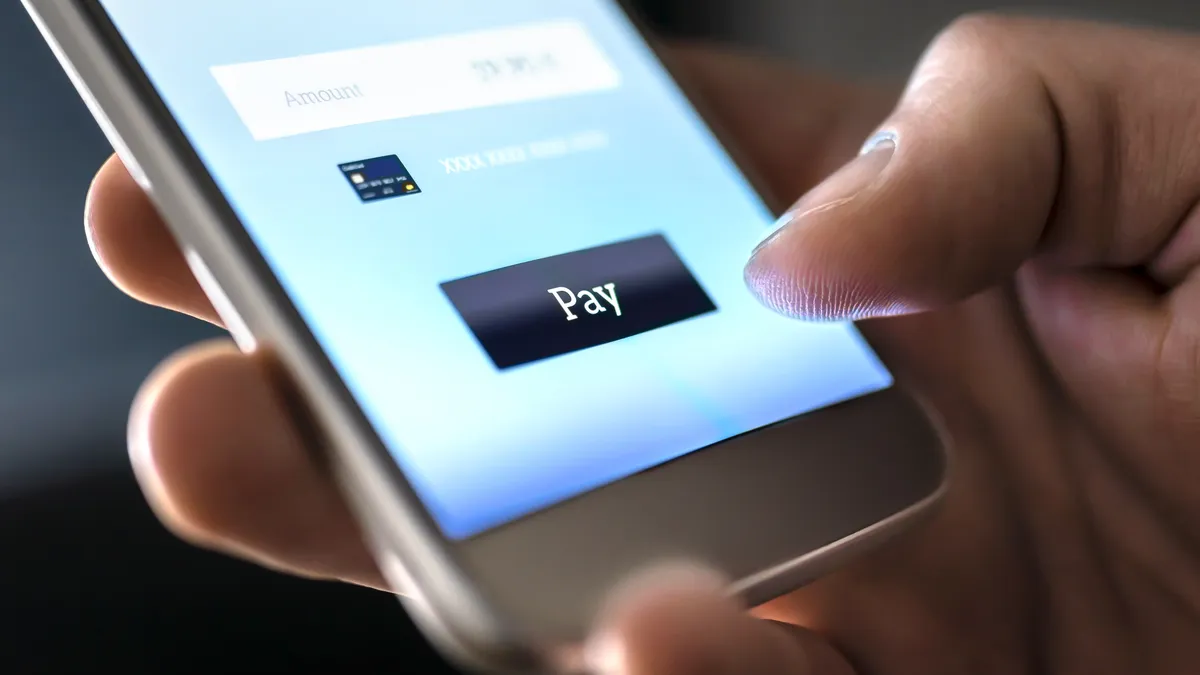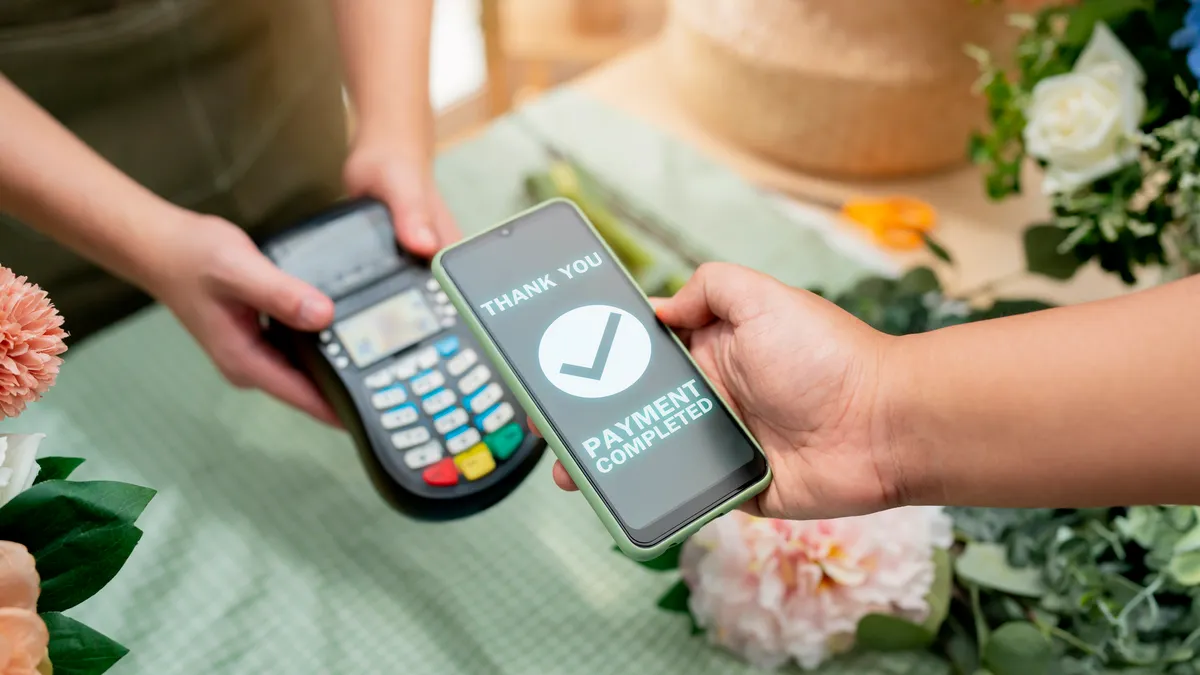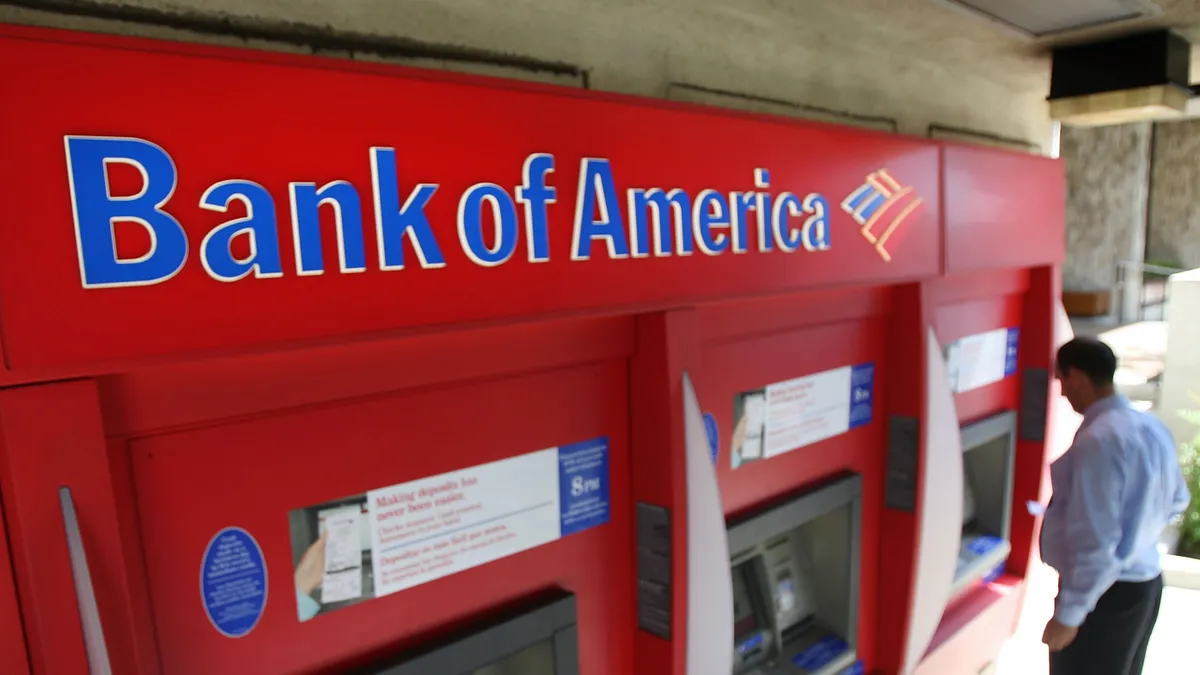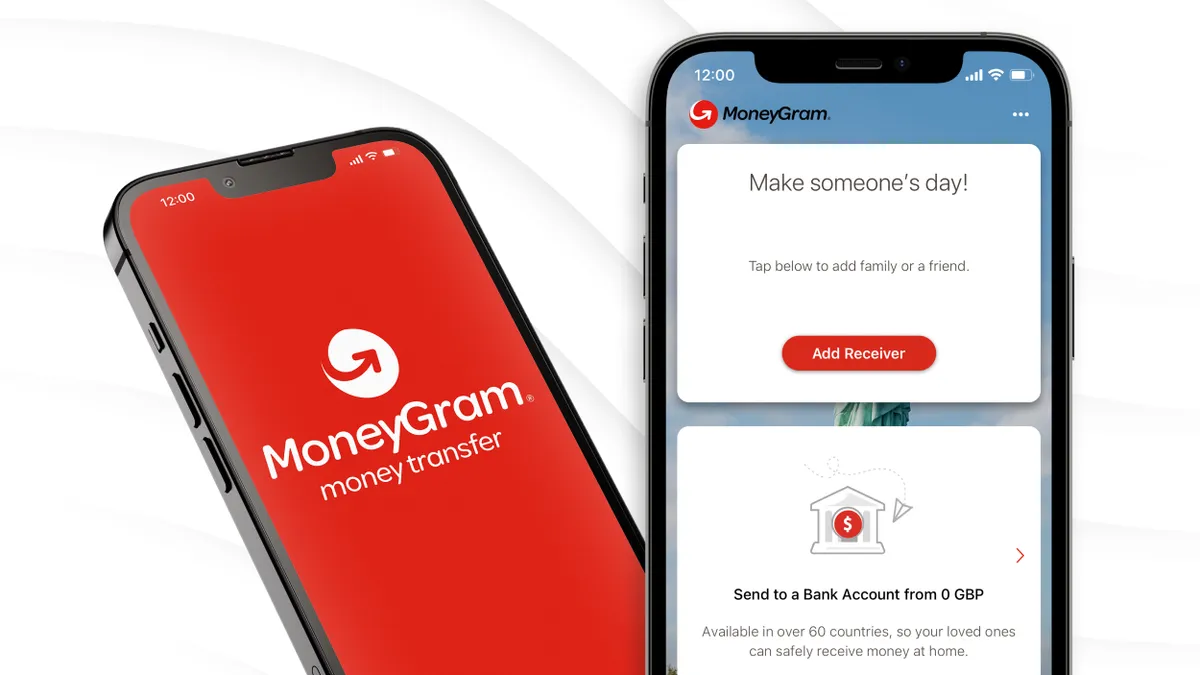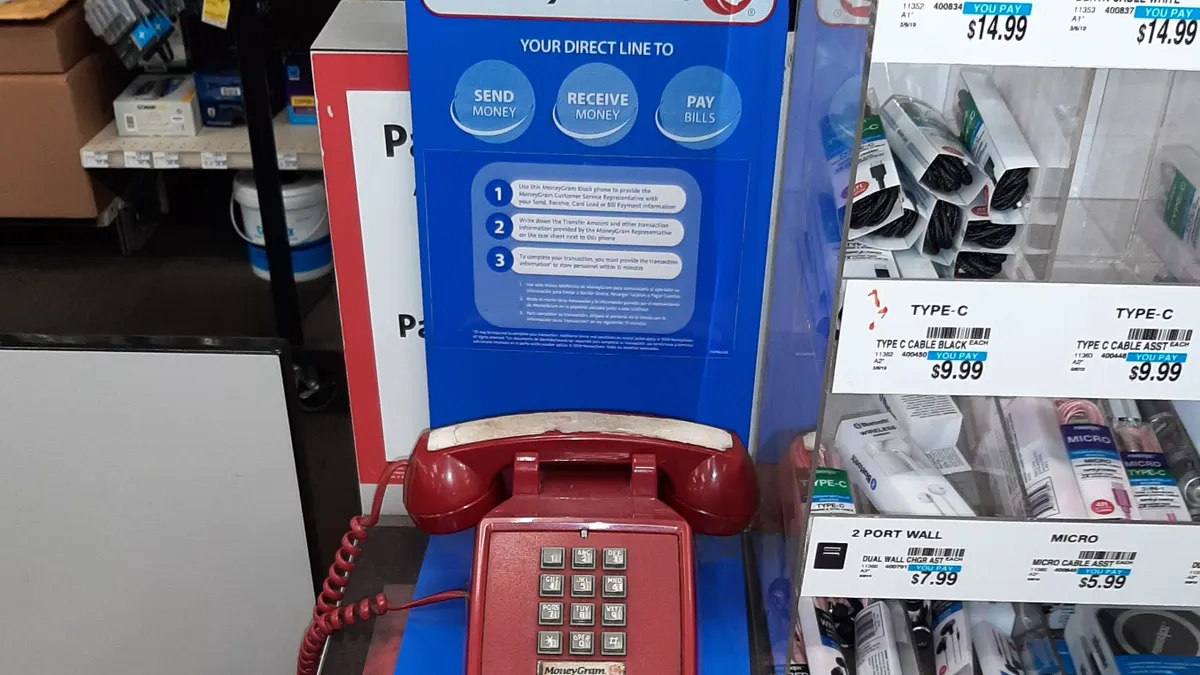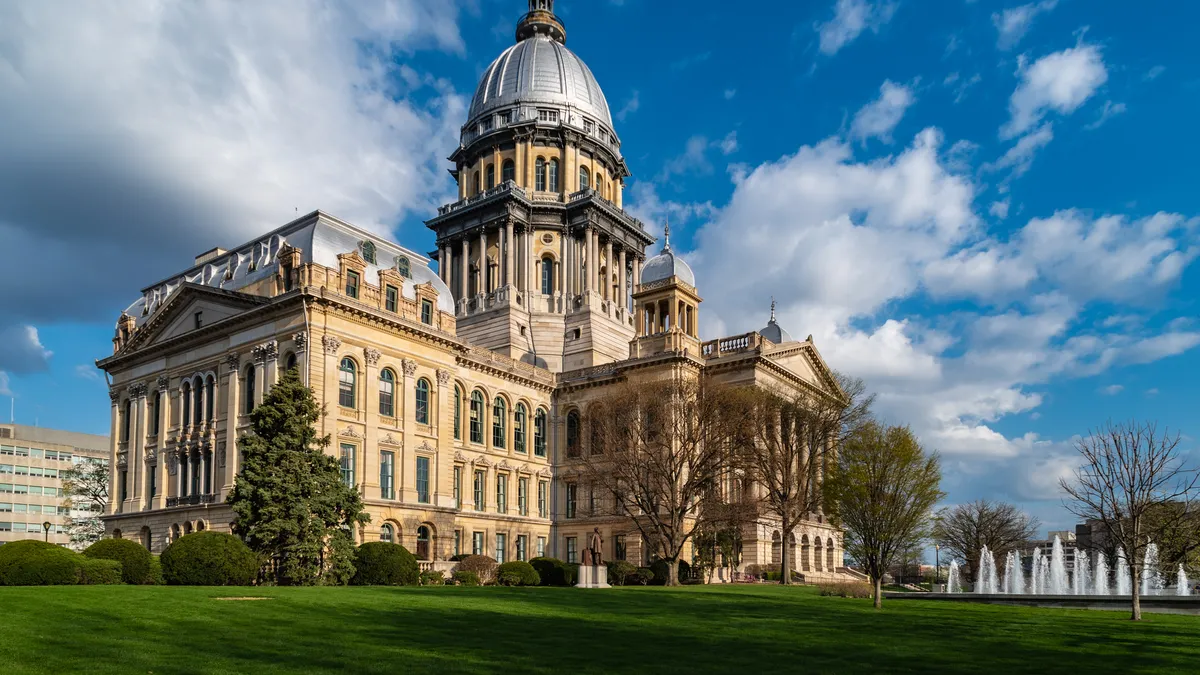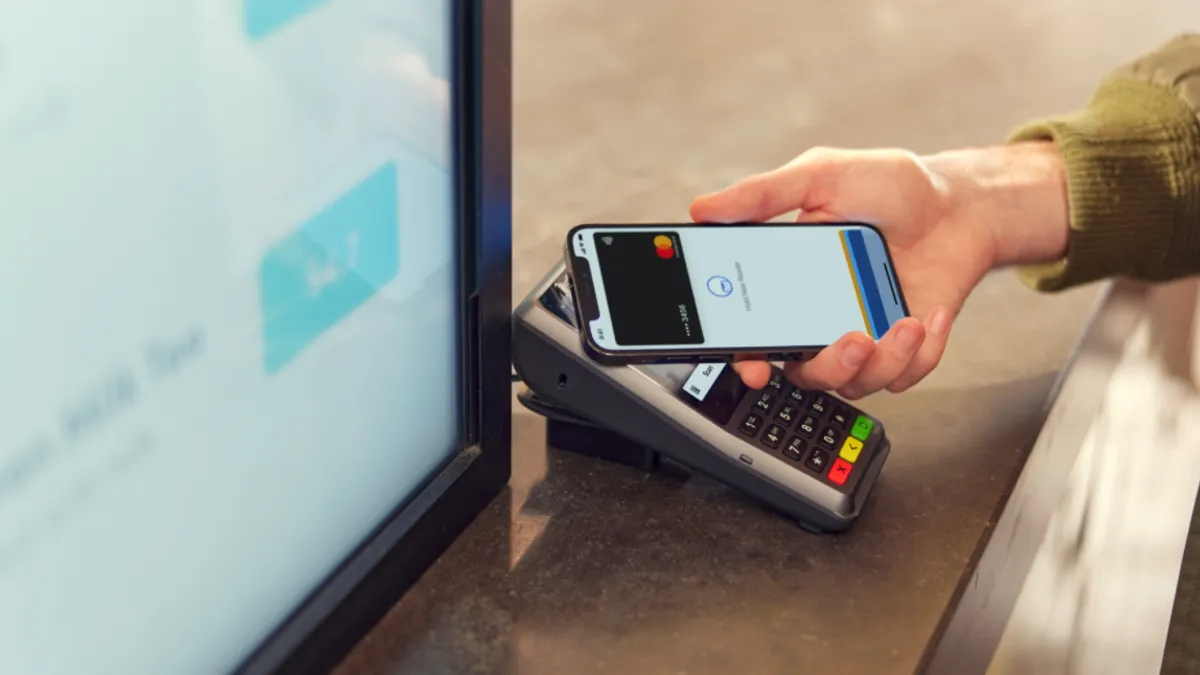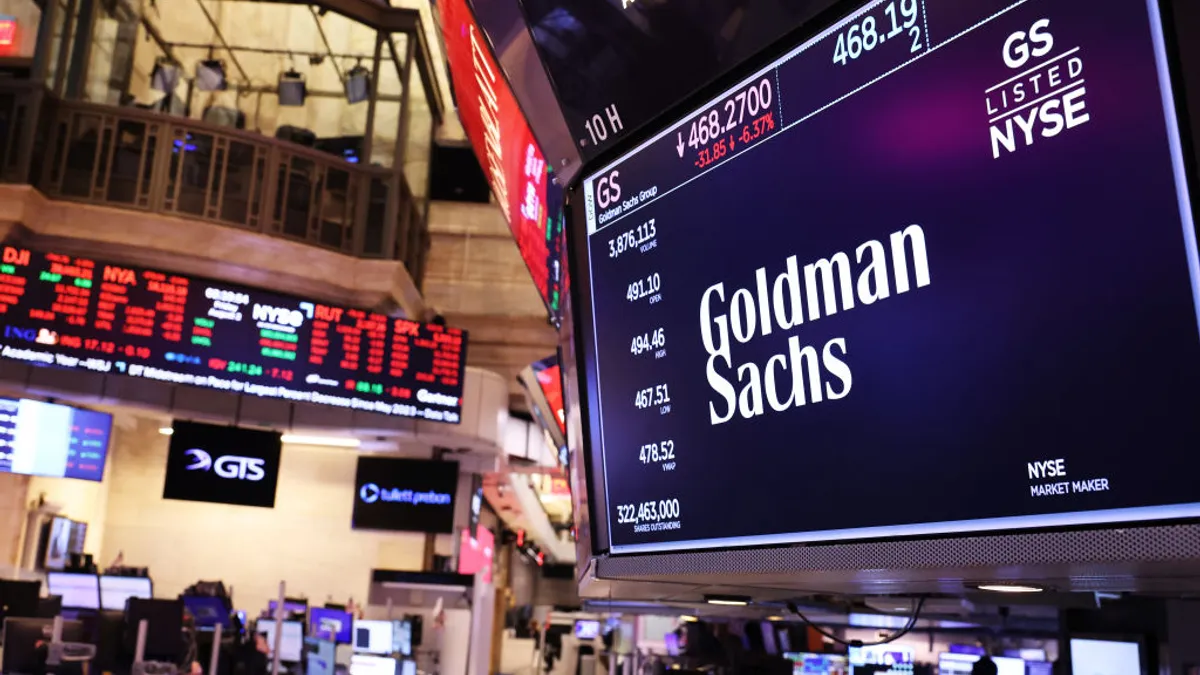As the COVID-19 pandemic has cut a deadly path across the globe, killing too many people in countries far and wide, it unexpectedly set off a revolution in digital payments to cope with its impact.
In 2022, the demand for contactless, online, digital, frictionless and speedier payments will only increase as the pandemic continues to drive innovation in the industry. That means upstart fintechs, such as digital payments company Stripe and buy now-pay later provider Affirm, will keep offering new ways to make payments as they suck up billions in investor dollars aimed at creating faster, easier and cheaper worldwide payment tools.
From offering services to migrant workers desperate to send wages home to giving retailers new ways to provide installment financing to arming businesses with new cybersecurity tools, the field of payments will keep growing in 2022.
Consumers have been the target of many new payment services as they flooded online markets, but businesses are an even bigger bulls-eye for payments purveyors building new markets.
As new entrants tout their services and products, they're driving more competition and partnerships with major incumbents like card giant Visa and digital payments pioneer PayPal. The most adventurous among them are wading into cryptocurrencies and other digital asset services.
These dynamics are at the core of trends below that will keep the payments industry ablaze in 2022, with government regulators and lawmakers trying to keep the fire under control.
Prepare for battle
A spat between Amazon and Visa over merchant transaction fees is bringing a long-simmering dispute to a boil, and could spill over into more fights between card issuers and their retail partners.
The National Retail Federation (NRF) estimates swipe fees have skyrocketed from $20 billion a year in 2001, when the trade group began tracking them, to $110.3 billion as of 2020, and show no signs of slowing.
“The issue has been exacerbated by the increase in online shopping during the Covid-19 pandemic because virtually all e-commerce purchases are paid for with credit or debit cards,” the NRF has said. “Swipe fees are higher for online purchases than in-store purchases, and most buy online, pick up in-store and curbside delivery purchases are subject to online rates as well.”
As part of the spat, Amazon announced in November that it would no longer honor United Kingdom-issued Visa credit cards come Jan. 19. The e-commerce giant also is reportedly considering dropping its card co-branding deal with Visa and replacing it with rival Mastercard.
Wall Street analysts described Amazon’s move as a negotiating tactic. Indeed, Visa Chief Financial Officer Vasant Prabhu told Reuters in November that the company expects to resolve its differences with Amazon.
Of course, that’s easier said than done.
Amid the rise in e-commerce, there will be more disputes between payment networks and retailers “as both look to adapt to the new digital marketplace,” said Marwan Forzley, CEO of digital payments provider Veem. “On a larger scale, organizations and credit card networks will need to address this trend in the coming months,” he said in a statement.
It’s not just Visa that is dependent on swipe fee income, its rivals Mastercard, American Express and Discover Financial also rely on the interchange fees. According to the Nilson Report, total U.S. swipe fees jumped 70% over the past decade to $110.3 billion in 2020, from $64.6 billion in 2010.
Mushrooming BNPL will add B2B in 2022
Spurring the fee wars are challengers providing new payment tools. Buy now-pay later installment financing is one of them that hooked consumers last year and is expected to gain widespread adoption in 2022.
Amid growing interest in BNPL, which allows consumers to spread out payments over a defined period of time, the space has gotten crowded. BNPL players such as Affirm, Klarna, Afterpay and Sezzle are competing with digial payments behemoth PayPal, card giants and large and mid-tier banks.
BNPL has benefited from massive e-commerce growth during the Covid-19 pandemic. Menda Sims, chief payments officer at digital payments provider Stax, expects current inflation levels could nudge even more consumers toward the installments route.
“To me, I think the big headline is, it’s not just with the small minority," said Nilesh Vaidya, global industry head of retail banking and wealth management for Capgemini Financial Services. "It’s getting more and more mainstream."
BNPL transactions are projected to reach $995 billion by 2026, according to a Forrester report, and installments startups say they gain tens of thousands of new customers weekly.
“What I would expect really going into 2022 is an acceleration of adoption,” said Experian Senior Vice President David Bernard. “Double-digit adoption on the consumer side, and on the merchant side.”
Once BNPL providers establish a relationship with consumers, Vaidya expects they’ll delve deeper into financial services and broaden their services, offering loans, brokerage accounts or crypto. Affirm, Afterpay and Klarna have already introduced new products like debit and rewards programs.
The financing approach may also being to win over businesses. It’s exploded on the consumer side, but “we’ve hardly scratched the surface when it comes to businesses,” Bernard said.
That shift from consumers to commercial contracts could have major implications for other industry players, “because it’s a bigger chunk of money that will move away from the card networks into the loans,” Vaidya said.
Still, BNPL practices may also face more regulatory scrutiny as consumers fall behind on payments. Mizuho Americas analysts point to delinquencies and charge-offs rising across BNPL operators, and the frequency of consumers missing payments or borrowing through multiple apps.
Mobile wallets bulge with services
BNPL tools are one of the many apps bulging in the increasingly ubiquitous mobile wallets packed in Americans’ purses and pockets. Using their phones for payments is likely to become a bigger part of daily habits in 2022.
The deadly COVID-19 pandemic enticed consumers to try contactless apps, and now they’re spurring others on. Watching someone in the morning coffee line pay with a phone makes others want to get on board with the latest tech.
Mega payments processor Fiserv documented the growing U.S. affinity for mobile wallets. In an August survey of 3,000 U.S. adults, 68% had used a digital wallet in the past year, compared to 58% in 2020 and only about half in 2019, the company said.
The U.S. has lagged other parts of the world when it comes to adoption of mobile wallets, and it’s becoming a bigger opportunity cost as companies like PayPal and Square pack more finance functions into their “super apps.”
Gr4vy CEO John Lunn predicted 2022 will be the year that mobile wallets “rise to prominence,” he said by email. The shift will be driven by merchants moving away from card “swipe” fees and younger consumers opting for alternatives, said Lunn, whose San Mateo, California company provides cloud-based payment services for businesses.
“It’s generational,” said Daniela Hawkins, a consultant in the field at the firm Capco. Municipalities and businesses will drive changes in consumer behavior with payment possibilities they offer, Hawkins said, citing city transit systems and the retailer Walmart experimenting with new approaches.
As the pandemic arrived in March 2020, Walmart announced a contactless payment option in which customers could pay for goods using a Walmart payment app on their phones to scan a QR code at checkout.
Increasingly, merchants and organizations will consider data they can collect from payment tools as valuable, said Tappit CEO Jason Thomas, whose company aids pro sports teams in collecting fan information. “The organizations are realizing for the first time that they don’t want to give the data away,” he said.
Cross-border payments climb
In a completely different arena, demand to send money across borders is on the rise, despite a hiccup in 2020, and companies that make it easier and cheaper to do so are benefiting.
Most such remittances are used by migrant workers to cover the essential needs of loved ones back home. In a November survey by money transfer company Moneygram International, 81% of respondents said they plan to send at least as much money in 2022 as they did in 2021. And 83% said their family and friends’ needs increased in 2021–as they also did the year before.
Sending money from one country to another through banks can be a costly and lengthy process, as checks and money orders are processed and currencies are exchanged. While incumbents in the money transfer business, like Moneygram, are expanding services, upstart providers such as Wise, formerly TransferWise, market themselves as speedier, digital-based alternatives.
The money sent across borders provides support for food needs, healthcare and housing, especially as people continue to grapple with the coronavirus pandemic.
"The pandemic helped accelerate a major digital shift in 2020, and that momentum has clearly continued throughout this year," Moneygram Chief Executive Alex Holmes said in a press release. “In the coming year, you will see us go deeper and wider in our direct-to-consumer digital offerings."
About 200 million workers send such payments, and about one in nine people globally may be supported by them, Visa said in a December report, citing data from the United Nations.
While the pandemic reduced cross-border transfers generally last year because of lower employment in wealthy countries and due to stay-at-home orders, new lower-cost digital transfer services are taking a bigger share of the business, Visa said.
“Even as overall remittances declined in 2020, digital remittances grew strongly and are offering important benefits to those able to take advantage of them,” Visa said.
CBDCs take center stage
When it comes to digital assets, 2022 will likely be the year that talk of a U.S. central bank digital currency overtakes crypto banter.
Cryptocurrencies from Bitcoin to Dogecoin are only slowly gaining much traction as a form of payment, even as crypto’s worldwide value soared this year to $2 trillion.
“It is really hard for anybody to see cryptocurrency actually becoming a fiat currency that is accepted as a medium of exchange,” American Express CEO Steve Squeri said at a December webcast event. “You cannot have a value of something on a Friday, when you get your paycheck, be $48,000, and then on Monday, it’s worth $36,000, and then Tuesday, it’s worth $60,000. I don’t know how people can live like that.”
More consequential to Americans is the potential need for a central bank digital currency, or “digital dollar” stablecoin.
There are nine countries that have launched a CBDC, and another 30 are in the process of developing one, according to the Atlantic Council, plus 40 are researching the possibility, including the U.S.
The U.S. Federal Reserve is overdue on delivering a “white paper” report regarding a CBDC, but it’s still mulling the idea. The Federal Reserve Bank of New York announced this month that it’s partnering with the Bank of International Settlements to create a research center that will explore such innovations.
“There will be (a U.S.) centralized bank digital currency. Why? It actually becomes a national security issue,” Squeri said at the event. “China is really moving very, very quickly from a centralized digital currency, and they’d like nothing better [than] to have everything traded in the Chinese RMB. Right? I mean that’s the big one.”
While cryptocurrencies can be dismissed as volatile assets beholden to celebrity tweets, the blockchain technology that undergirds digital assets and delivers value on a fast, shared international ledger is less easily cast aside.
“The technology is extraordinarily useful,” said James Angel, an associate professor at Georgetown University’s McDonough School of Business, also a former member of the Fed’s Faster Payment Task Force. “It can be transferred person-to-person, 24-7 around the world.” Such digital stablecoins are much more useful than some funny coin someone created that’s being traded like “crypto beanie babies,” he said.
Urgent role for cybersecurity
While consumers have become more comfortable than ever making payments online, fraudsters have geared up to exploit their growing complacency.
That's why 2022 will be the year that cybersecurity companies usher in more advanced technologies designed to stop digital criminals.
The rise of e-commerce, the growth of non-cash payments and a jump in cyber threats will keep fueling a heightened focus on cybersecurity in payments, according to a Capgemini 2022 payments trends report.
Payment scams and fraud have plagued businesses as mobile payments have become more popular, and federal officials have warned of ransomware risks.
Fraud is expected to cost the debit and credit card industry more than $400 billion in losses over the next decade, according to industry research firm Nilson Report, which cites chargebacks as a growing problem.
Meanwhile, cryptocurrencies are also attracting cybercriminals’ attention as the value of digital assets balloons.
Overall, cybersecurity damages could climb to $10.5 trillion by 2025, according to an Argus Research report.
To tackle the issue, regulators and financial institutions are turning to artificial intelligence and machine learning, data analytics, cloud technology, Capgemini said. Strengthening government regulations on cybersecurity and digital identity is also in the offing.
The private sector is on top of the problem too. Nearly two-thirds of businesses plan to boost their fraud detection budget, consumer credit bureau Experian said in a fall report.
Behavioral biometrics, like tracking consumers’ swiping, typing or phone-holding patterns, will be embraced in 2022, said Experian's Bernard. He also expects more use of artificial intelligence to throw up hurdles, like authentication prompts, if something is amiss, he said.
“It’s an arms race,” said Bernard, whose Experian purview is strategy, marketing and digital. “You need several layers, because there’s not a single tool or single data set to combat fraud.”
Frictionless experiences are crucial, unless there’s a risk of fraud, he noted during an interview. Security is a top priority for consumers, credit bureau Experian’s recent Global Insights report revealed.
Validating consumer identity with digital IDs also could be pivotal for payment security, said Capgemini's Vaidya.“It could change the game on how the transactions are processed and the information is shared, and, hence, how it is safely managed,” he said.
Regulators zero in on payments
Heading into 2022, creating safety in the payments sphere means no shortage of regulatory challenges from the Consumer Financial Protection Bureau (CFPB), and it’s being egged on by Congress.
In October, CFPB Director Rohit Chopra demanded Google, Apple, Facebook, Amazon, Block (formerly Square) and PayPal provide the agency with detailed information about their payments practices, saying “little is known publicly about how Big Tech companies will exploit their payments platforms.”
The agency is acting as banks and consumer groups complain that emerging fintechs have an unfair advantage because they aren’t subject to the same regulations, such as securing confidential consumer information from hackers.
The bureau’s data request is the start of this story, said Isaac Boltansky, director of policy research at the New York-based investment bank BTIG. “My sense is that the next mile marker will be the release of an aggregated report with takeaways from the data,” he said by email.
The CFPB’s investigation will influence its rulemaking efforts, specifically with respect to consumer access to information about the financial services provided, he added. “This rulemaking, which is expected to progress next year, is vitally important in the context of data portability and open banking,” Boltansky said.
In December, a group of U.S. senators urged the CFPB to take action on buy now-pay later (BNPL) services, and the agency complied, issuing a separate demand for information from five of the biggest BNPL providers. In a Dec. 15 letter to the agency, the Democratic senators said BNPL services “have the potential to cause consumer harm,” and lack consumer protections that credit cards offer.
On another front, the burgeoning earned wage access industry could face speed bumps too. EWA providers include a slew of fintechs providing workers with early access to their pay. A consumer advocate coalition in October urged the CFPB to reconsider 2020 actions that smoothed the way for some industry’s services and fees.
It’s not just the fintechs that are in regulators’ sights. The Visa-Mastercard duopoly has been under increasing scrutiny too. Indeed, Visa is grappling with two federal investigations, by the Federal Trade Commission and the Justice Department, that could have broader implications for the industry.


